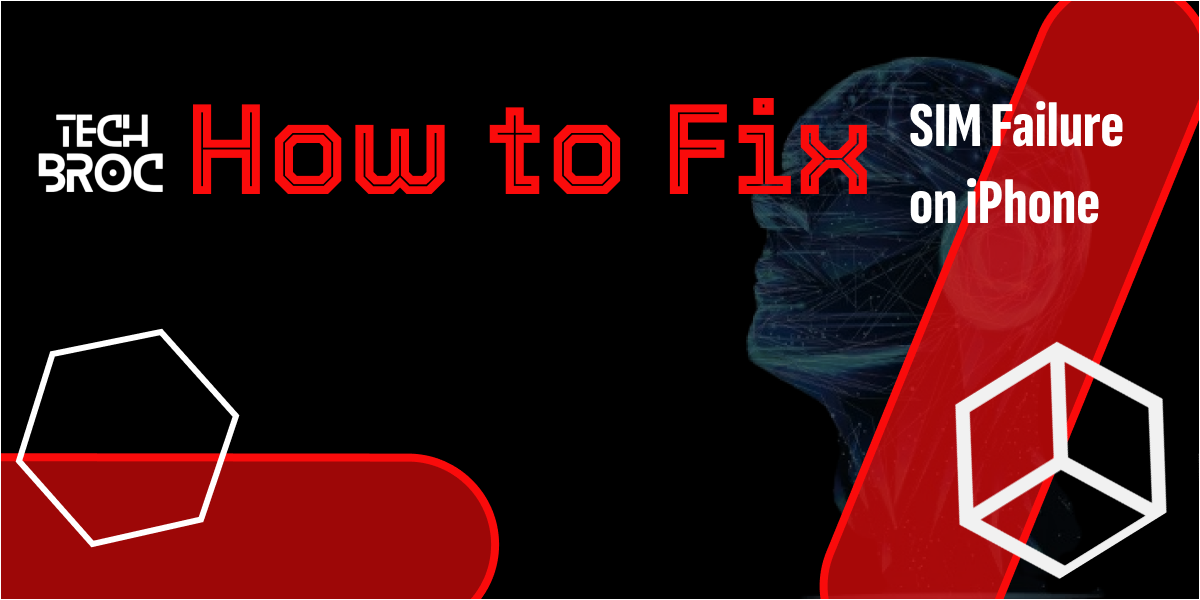SIM card issues on an iPhone can be frustrating and may interfere with the ability to make calls, send messages, or access mobile data. These problems can arise for various reasons, and understanding the common causes can help you fix iPhone SIM issues quickly. Below, we explore the most frequent reasons behind SIM issues on iPhones.
1. SIM Card Is Not Properly Inserted
One of the most common reasons for SIM issues is improper installation. If the SIM card is not placed securely in the SIM tray, it may not make proper contact with the iPhone’s internal connectors. This can lead to issues such as “No SIM” or “SIM not recognized” errors.
Solution: Power off the iPhone, remove the SIM card, and carefully reinsert it, ensuring it’s seated correctly in the tray. Once it’s in place, restart the device to see if the issue is resolved.
2. Damaged or Dirty SIM Card
A physical defect in the SIM card or dirt and debris on the card’s metal contacts can prevent it from being read by your iPhone. Over time, SIM cards can wear out, or their contacts can get dirty, leading to connection issues.
Solution: Inspect the SIM card for signs of damage. If it looks scratched or worn, you may need to replace it. Cleaning the SIM card gently with a soft, dry cloth can also help remove any dirt or debris that may be causing connectivity issues.
3. Outdated iOS or Carrier Settings
Sometimes, outdated software can interfere with your iPhone's ability to communicate with your carrier’s network. This could lead to SIM-related issues, such as a lack of mobile signal or the inability to access certain services like calling or texting.
Solution: Check if there are any available software or carrier updates. To update iOS, go to Settings > General > Software Update. To update carrier settings, go to Settings > General > About, and if an update is available, you’ll be prompted to install it.
4. Network Problems or SIM Card Activation Issues
SIM issues can also be caused by network outages or SIM card activation problems. Sometimes, your iPhone might not recognize the SIM because the activation process was incomplete or there’s a problem with the network provider.
Solution: Contact your carrier to ensure your SIM is activated correctly. Additionally, check if there is a network outage in your area. You can also try inserting the SIM card into another phone to verify if the issue lies with the SIM card itself or the iPhone.
5. SIM Card Compatibility Issues
Not all SIM cards are compatible with all iPhones, especially if you're using a device from a different region or country. For example, older iPhone models might not be compatible with newer SIM cards or vice versa.
Solution: Ensure that the SIM card is compatible with your iPhone model. If you're unsure, check with your carrier or Apple Support to confirm compatibility.
6. Carrier Restrictions or Blocked SIM
In some cases, the carrier may block the SIM card due to account issues, unpaid bills, or suspicions of fraud. This can lead to SIM card failure or the “SIM not supported” error.
Solution: Contact your carrier to check if your SIM card has been blocked or deactivated due to account issues. Resolve any outstanding issues to restore service.
7. iPhone Hardware Issues
In rare cases, the problem may not lie with the SIM card or network, but rather with the iPhone’s hardware, such as a malfunctioning SIM card reader. If the internal components of the iPhone’s SIM tray or reader are damaged, it can cause SIM issues.
Solution: If other troubleshooting steps don’t work, it may be time to visit an Apple Store or authorized repair center for hardware diagnostics and repairs.
8. SIM Card Lock or PIN Issues
If you’ve set up a SIM card lock or PIN code and forgot the password, it could prevent your iPhone from recognizing or accessing the SIM card.
Solution: If you’ve forgotten the SIM PIN, you can unlock it by entering the PUK (Personal Unblocking Key) provided by your carrier. If you’re unsure, contact your carrier for assistance with unlocking the SIM.
9. Software Bugs or Glitches
At times, software glitches or bugs can cause SIM-related problems, especially after a recent iOS update or app installation. These issues may disrupt the connection between the iPhone and the carrier’s network.
Solution: A simple restart of the device can sometimes fix minor software issues. If the problem persists, performing a hard reset or restoring the iPhone to factory settings (after backing up data) may be necessary.
Conclusion
SIM issues on an iPhone can be caused by a variety of factors, including improper SIM card installation, damaged cards, network problems, or outdated software. By following the troubleshooting solutions outlined above, you can identify the root cause of the problem and take steps to resolve it. If the issue persists after trying all these solutions, it’s always a good idea to contact Apple Support or your carrier for further assistance.





Comments